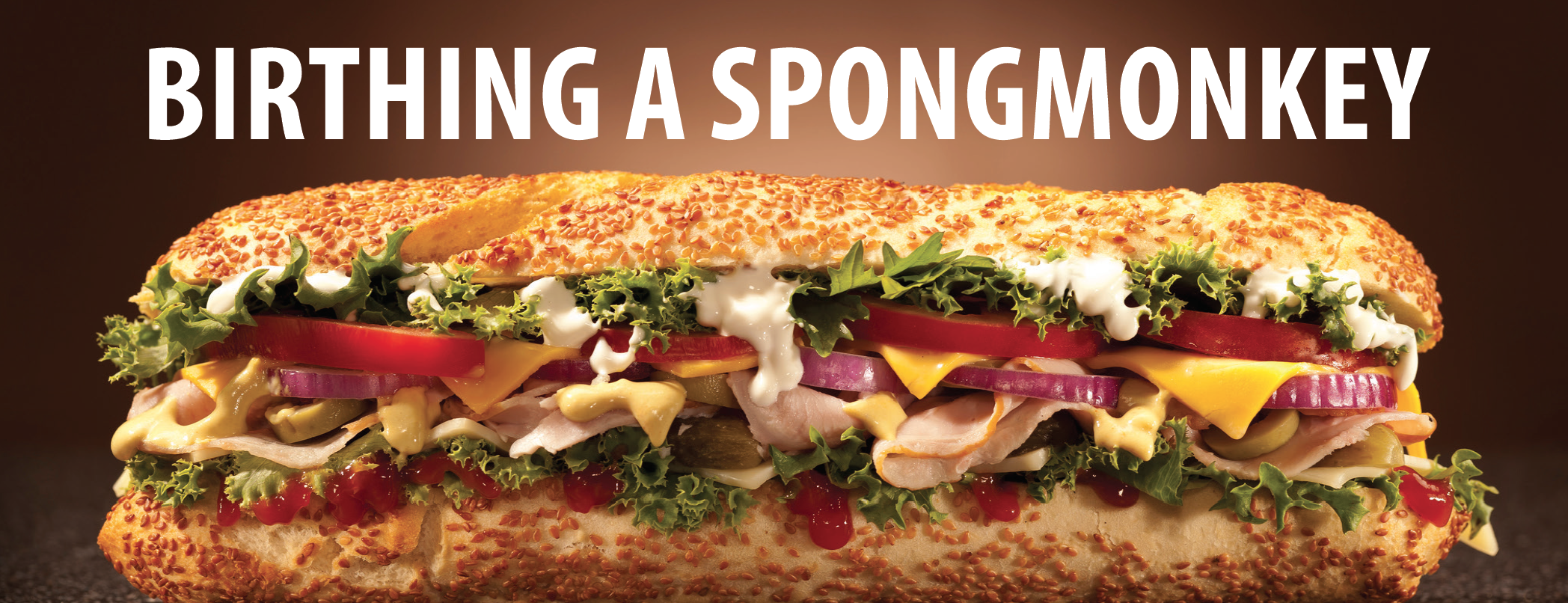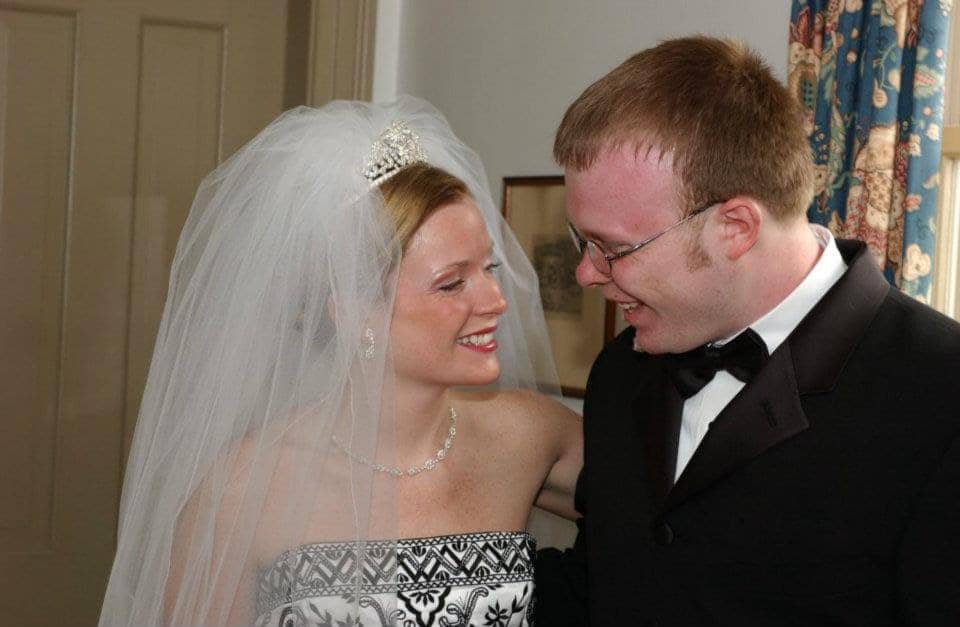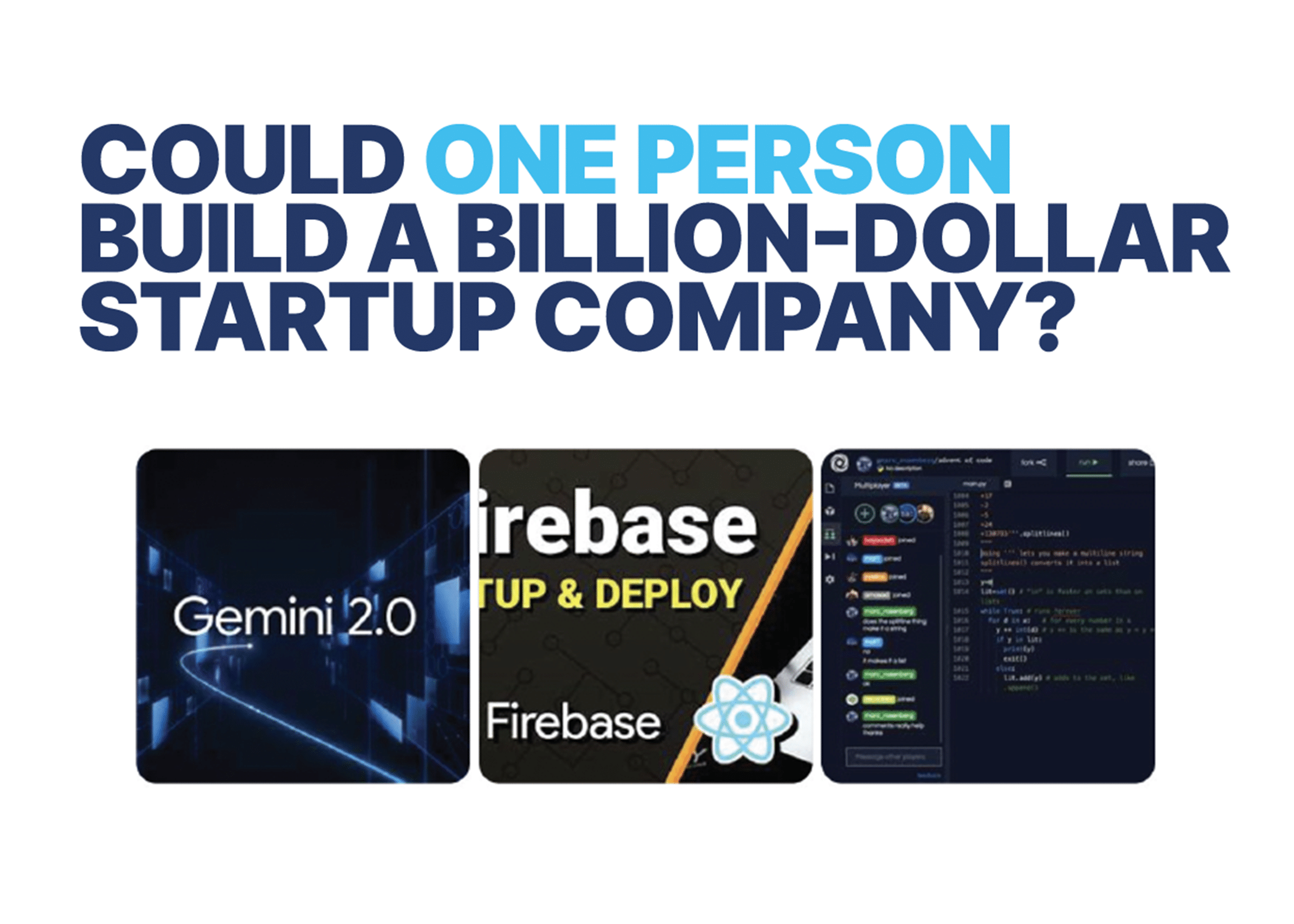Yes, you read that right…Spongmonkey.
I know, the name alone might make you cringe.
Spongmonkeys were the pair of horribly annoying, disfigured, singing rodents that appeared in Quiznos’ commercials in 2004.
One sings obnoxiously off key, while the other strums a few depressing chords on an out of tune guitar.
It was one of the worst ideas in marketing history.
The last thing anyone wants to think about when deciding what to eat is a deformed varmint squawking out an annoying song.
How could Quiznos’ marketing department really believe these mutilated critters would boost sandwich sales?
Of course they didn’t bolster sales. They reduced sales because the public hated these disgusting creatures and the entire campaign.
This wasn’t Quiznos’ only marketing faux pas. In fact, its lousy marketing effectively took the company down.
The company hit its peak in 2007. In 2014 it filed for bankruptcy.
One of those awful TV commercials is embedded above.
***
Another epic marketing failure was McDonald’s 2005 campaign featuring a good looking young man slavering over a deliciously juicy double cheeseburger.
What’s wrong with that? Nothing. It’s what the young man said about the burger…
“I’d hit it.”
I suppose I’m too old to know but my three middle aged sons tell me this is a common slang expression for having sex.
There was huge backlash. McDonald’s pulled the ads immediately and apologized, blaming it on the marketing department, saying they “misunderstood the term.”
At McDonald’s level you would think that they would test a national TV ad with a focus group. That obviously wasn’t the case.
Perhaps this well known quote by former Hewlett Packard CEO David Packard says it best:
“Marketing is too important to be left to the marketing department.”
***
Another contestant for the worst marketing message and biggest flop ever?
Pepsi.
The company’s attempt to equate its product to a cultural unifier wasn’t just ridiculous…most believed it was downright offensive.
Pepsi’s 2017 ad features reality TV star Kendall Jenner (of the Kardashian fame) strutting out of a photo shoot and into a stand-off between protesters and police.
She grabs an ice cold Pepsi and gives it to a cop as a peace offering…as if a can of soda is going to solve the world’s problems and bring everlasting peace.
Outrage ensued. This ad was harshly ridiculed on social media and relentlessly mocked on SNL. Pepsi couldn’t pull it quickly enough.
Pepsi’s in-house marketing department was lambasted by critics, the social media socialite issued a tearful apology for her involvement, and Pepsi’s President Brad Jakemen stepped down six months later, saying it was “the most gut-wrenching experience of my career.”
***
When you market aggressively you are going to make mistakes. The question is…how do you minimize them?
Remember the old Yellow Pages slogan: “Let your fingers do the walking”?
Once you’re ready to market a product (or service) “Let your customers do the talking before you pour on the marketing.”
Large companies use focus groups to assess the effectiveness of ads before they run them. Small businesses typically can’t afford this.
Even if they could, focus groups often get it wrong because they’re testers (not real customers) and they’re paid for an opinion. By definition they don’t have the same mindset as a true customer because they are not one.
A better approach is to try an ad with a small audience. For example, a few years ago when I launched 72SOLD my first marketing was just a $750 ad in a local community newspaper. When it received a positive response, I pushed it out a little more in several community newspapers.
Because the response continued to be positive, I tried a TV ad, but only one time a day on the same program (The Today Show). Locally The Today Show is being watched by about 50,000 people at any given time, and it’s pretty much the same audience if you run the ad in the same time slot (like the 8:15 am commercial break).
If that commercial had not attracted business, or had elicited a negative response, I could have quickly changed it, and I was only initially risking the brand image with a small percentage of the Phoenix market.
We now have over 100 different TV commercials running in 38 markets. Our Phoenix budget alone is over $1,500,000 a month. But still every new 72SOLD TV and radio ad is first tested exactly this way, at which time we make the decision to push it or pull it.
This works with any size business or any product launch. Start with a small audience, push what works, pull what doesn’t, and act quickly.
That’s how you avoid birthing a Spongmonkey.












